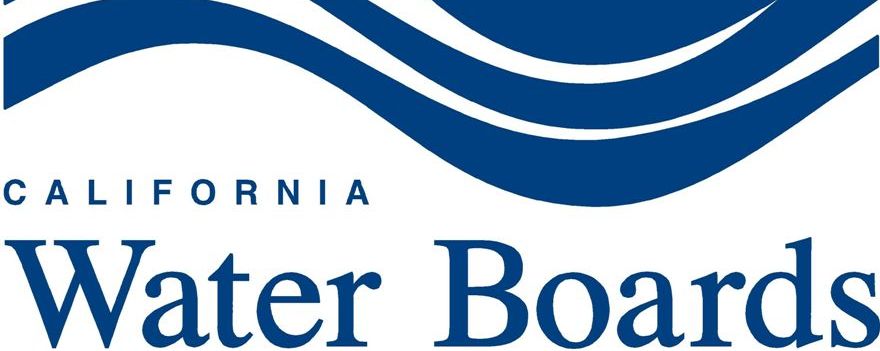From the State Water Resources Control Board:
“The State Water Resources Control Board today approved an emergency regulation to provide a small amount of additional water in four tributaries of the Russian River to protect threatened fish.
The regulation affects about 13,000 properties in the watersheds of Dutch Bill Creek, Green Valley Creek, Mark West Creek and Mill Creek. Water users in those watersheds will be subject to enhanced conservation measures and water use reporting.
The enhanced conservation measures build on the existing statewide water restrictions, approved by the State Water Board on May 5, 2015, that apply to all Californians. Boosting conservation efforts in the watersheds now will reduce the amount of water diverted from the four tributaries, leaving behind more water instream to protect Central California Coast runs of coho salmon and steelhead, both listed as either endangered or threatened by federal and state agencies.
The California Department of Fish and Wildlife and the National Marine Fisheries Service identify these watersheds as high priority tributaries for endangered Central California Coast coho salmon.
Low flows in the tributaries have been a problem dating back before the current drought, and extremely dry conditions since then have made the situation critical. The low flows cause high temperatures, low oxygen levels and isolated pools of water than can kill fish.
State Water Board staff have been working with the Department of Fish & Wildlife, the National Marine Fisheries Service and property owners in the four tributary watersheds to protect coho salmon and steelhead. The Department of Fish & Wildlife requested the emergency regulation after voluntary efforts to conserve water in the watersheds were insufficient to provide the additional amount of water needed instream to maintain viable small pools for fish to survive.
The emergency regulation consists of two elements:
- Enhanced conservation measures for all users of water diverted in the four watersheds, including both surface water and groundwater; and
- Information order authority to allow the State Water Board to get information on surface and groundwater use.
The enhanced mandatory conservation measures are intended to provide sufficient stream flow to maintain coho salmon and threatened steelhead through the summer juvenile rearing period. They include a ban on watering for ornamental lawns, unless untreated rainwater or gray water is available for use; a limit to watering of all other landscaping to twice a week and only between the hours of 8 p.m. to 8 a.m.; a limit on car washing to commercial car washes that recirculate water; and a prohibition on the filling or refilling of decorative ponds and fountains.
Water used for community recreation facilities would be permitted, though with limitations. The regulation includes other restrictions as well and applies to non-potable as well as potable water. The conservation order does not apply to water used only for commercial agriculture.
The informational order will require landowners and water suppliers to provide information on the sources and uses of both surface and groundwater diverted from the watersheds. It will provide the State Water Board with criticial information needed to estimate total water demand in the watersheds, and will help determine priority if curtailments become necessary.
Groundwater is included in the order because the groundwater is connected to surface water flows in the Russian River watershed and is a significant factor in surface water flows.
Landowners that do not comply with the conservation measures or respond to an information order may be subject to penalties of up to $500 per day.
With conditions deteriorating in the four tributary watersheds, the State Water Board moved quickly to expand conservation practices and retain more water instream. Due to the potentially large number of landowners affected and the very short comment period, State Water Board members directed staff to conduct focused outreach in the affected communities as soon as the regulations take effect. Information on community outreach meetings, planned for the week of July 6, 2015, will be announced in the coming week.
The emergency order will be sent to the Office of Administrative Law for approval, and if approved, will become effective on or about July 3. The State Water Board will hold information sessions in the watersheds during the week of July 6 to educate residents on the new requirements and answer questions about its implementation. Information on these outreach opportunities and for more information visit the Russian River emergency regulation web page.
To learn about all actions the state has taken to manage our water resources and cope with the impacts of the drought, visit Drought.CA.Gov. Every Californian should take steps to conserve water. Find out how at SaveOurWater.com.
——————————————–
Get the Notebook blog by email and you’ll always be one of the first to know!
- Sign up for daily emails and get all the Notebook’s aggregated and original water news content delivered to your email box by 9AM. Breaking news alerts like this one, too. Sign me up!
 Maven’s Notebook
Maven’s Notebook
constantly watching over the world of California water


